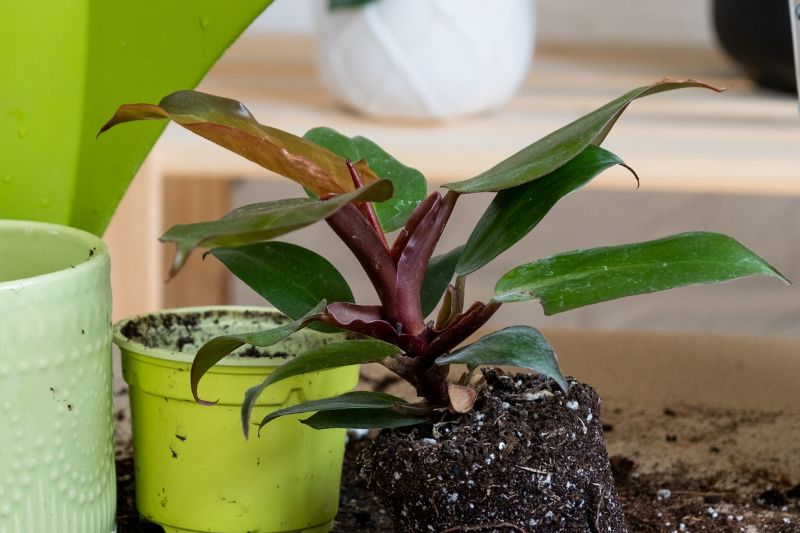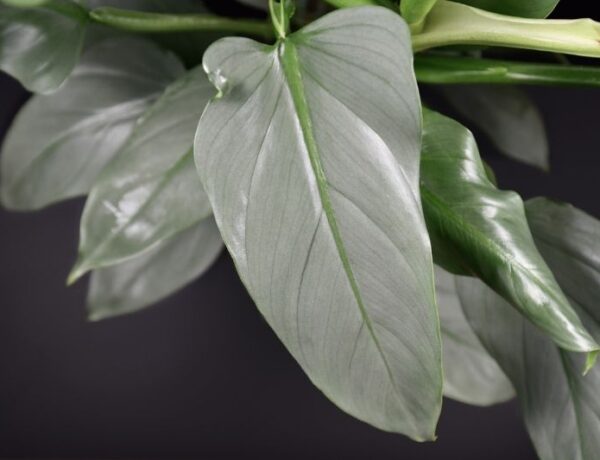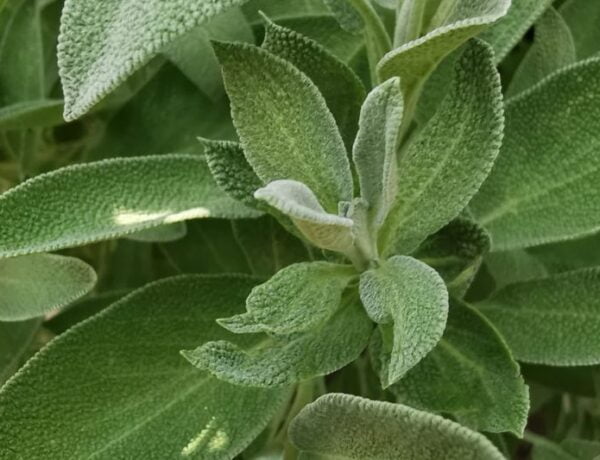Looking to add a dash of tropical splendor to your indoor garden? Take a look at the Philodendron ‘Prince of Orange,’ a vividly colorful addition to any plant collection. With leaves that transition from coppery-orange to green as they mature, this plant offers a dynamic visual feast.
Being a hybrid erubescens cultivar, it shares traits with other cultivated varieties of the erubescens like ‘Burgundy’, ‘Moonlight’, ‘Green/Red Emerald’, ‘Pink Princess’, and ‘McColley’s Finale’. Sometimes it might be hard to differentiate these cultivars, so it’s better to pay attention to how the leaves look. And if that’s still not helping, we recommend using a plant app identifier like Plant Net.
Table of Contents
1. General Information & Taxonomy
| Scientific name | Philodendron erubescens ‘Prince of Orange’ |
| Common names | Prince of Orange, Orange Prince |
| Native to | Rainforests of South America |
| Toxicity | Toxic to humans and animals |
| Mature size | Up to 2 feet tall and 3 feet wide |
| Category | Hybrid Erubescens cultivar |
| Growth rate | Moderate |
| Hardiness | Generally hardy |

2. Philodendron ‘Prince of Orange’ Care & Growing Requirements
Prince of Orange behaves like most types of philodendron out there, which means it’s extremely easy to care for and won’t require a lot of attention. A small price to pay to enjoy its amazing foliage right at home.
» Watering
Don’t overthink watering—just let the top inch of soil dry out between waterings. Test this by inserting your thumb an inch deep into the soil. If it’s dry, water the plant with room-temperature water; if moist, wait a bit longer.
» Light
Bright indirect light will make your ‘Prince of Orange’ happy. Direct sunlight can harm the leaves, so it’s important to avoid it. Rotate the plant periodically to ensure even growth and clean the leaves to maximize light absorption.
» Soil
Opt for loose, well-draining soil that’s rich in organic matter. A mix of peat moss and perlite is ideal for this variety.
» Temperature
This plant thrives at room temperature, particularly between 65–80°F (18–26°C). Ensure it’s not exposed to cold temperatures to avoid leaf damage.
» Humidity
Humidity levels should hover between 50–60%. If you notice a drop, especially in winter, consider misting the plant or placing it on a pebble tray.
» Fertilizer
Fertilize once a month from spring to fall with a balanced 5-5-5 fertilizer. Dilute it to half strength and apply after watering to prevent chemical burns.
3. Philodendron ‘Prince of Orange’ Maintenance and Propagation
» Repotting
Annual repotting in spring is advised. Choose a pot that is 1-2 inches larger in diameter than the existing one.
» Pruning
This plant maintains a fairly compact shape, so extensive pruning is seldom needed. Remove any old or discolored leaves as needed.
» Propagation
Propagation is generally done through stem cuttings. The process is relatively straightforward and can be done during the spring or summer.
4. Common Issues
» Leaves Turning Yellow
Yellow leaves can be a sign of several issues, most commonly overwatering. However, they may also indicate nutrient deficiencies or stress from sudden environmental changes. To identify the root cause, check the soil’s moisture level and consider any recent changes in the plant’s environment. Adjust watering and feeding as necessary.
» Leaves Turning Brown
Brown leaves often result from low humidity or direct sun exposure. The edges or tips are usually the first to brown, signaling the plant is not getting the moisture it needs. To remedy this, increase humidity by misting the plant, using a pebble tray, or placing a humidifier nearby. Make sure the plant is not exposed to direct sunlight for extended periods.
» Leaf Spot
Leaf spots can be caused by bacterial or fungal infections. These spots usually appear as dark brown or black patches with a yellow halo. To treat, remove the affected leaves and apply a fungicide or bactericide depending on the cause. Also, ensure good air circulation around the plant to prevent future occurrences.
» Root Rot
Root rot is typically a result of overwatering and poor drainage. Symptoms include wilting, yellow leaves, and a foul smell emanating from the soil. If you suspect root rot, remove the plant from its container and cut away any black, mushy roots. Repot in fresh, well-draining soil and be cautious with future watering.
» Curling Leaves
When leaves curl inward, it’s often a protective response to environmental stress. This could be due to inconsistent watering, temperature fluctuations, or insect infestations. Examine your care routine and the plant’s surroundings to identify the cause and take corrective measures.
» Leggy Growth
If your ‘Prince of Orange’ is becoming leggy, with elongated stems and fewer leaves, it’s likely not receiving adequate light. Move it to a brighter location but avoid direct sunlight. You can also consider pruning back the elongated stems to encourage bushier growth.
5. Philodendron ‘Prince of Orange’ Diseases & Pests
Watch out for common pests like spider mites and mealybugs. If you notice them, consider using a mild insecticide soap.
Conclusion
The Philodendron ‘Prince of Orange’ is a relatively hardy plant that doesn’t demand too much attention. Proper care mostly involves providing adequate light, maintaining humidity, and avoiding overwatering. With these simple steps, your ‘Prince of Orange’ will not only survive but thrive.






No Comments